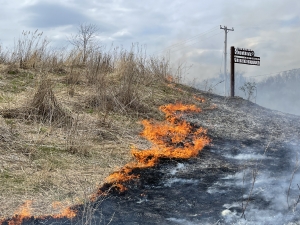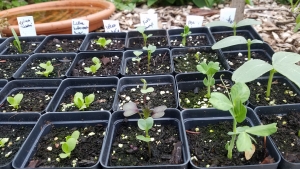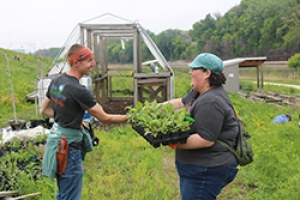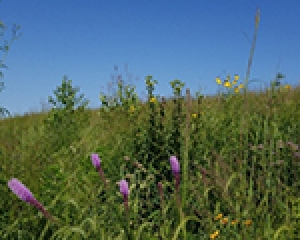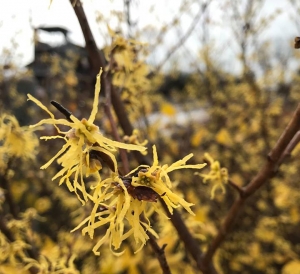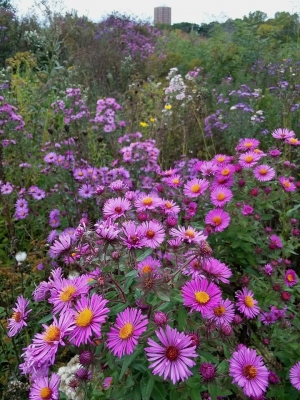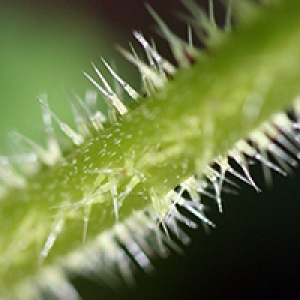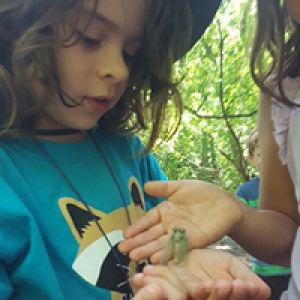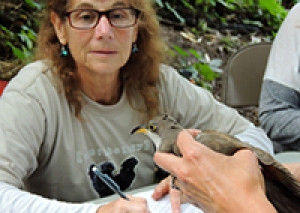
A Reintroduction of Fire on the Land
This spring the Urban Ecology Center (UEC) will be conducting prescribed burns at our Menomonee Valley, Riverside Park, and Washington Park locations. The burn will occur in partnership with The Prairie Enthusiasts and UEC Land Stewardship staff.
The natural areas proposed for burning have become dependent on prescribed fires in order to survive and prosper. These prairie and woodland ecosystems need fire in order to return necessary nutrients to the soil, combat invasive species, and remove dead, built-up organic matter. Ideally, lands are burned on a consistent schedule. Land Stewards are responsible for developing a land management plan and enforcing a prescribed burn schedule depending on the ecosystem type.
Late Summer Garden Planting
It is harvest time in the garden. Berries and tomatoes are bursting and ready for plucking. The squash have exploded with growth. Lettuce has bolted and is showing its yellow flowers. Have you considered what could replace those plants? It is time to pull out those half-full seed packets. Get ready for a second harvest!
Community Planting Day Update
Community Planting Day has been held in the Menomonee Valley since 2008. It’s inaugural planting day was organized by Menomonee Valley Partners to help plant and establish native plant communities within Menomonee Valley Community Park. Which at the time was a newly constructed 6-acre rain garden that was designed to retain stormwater from adjacent businesses and help reduce the volume of stormwater entering Menomonee River.
Spring Garden Cleanup: Mind the Wildlife!
Spring is a time of returning sunshine, new beginnings, and getting our gardens started! While we're enjoying getting outside and preparing gardens now more than ever, we know it's important to be mindful of the critters who have been overwintering in this space. Here's some insight on spring gardening in harmony with native wildlife and plants from Urban Ecology Center Assistant Land Steward Drew Vandegrift.
Three Bridges Park: Six Years in the Making
Over the past six years, 24 acres of land near our Menomonee Valley branch were transformed from brownfield to outdoor recreational greenspace along the southern bank of the Menomonee River. Today, people know this area as Three Bridges Park! Where a series of train tracks and piles of rubble once stood, native plant species now flourish and birds, mammals, frogs, toads, butterflies and dragonflies call this park home again.
Native Plants: Common witch hazel
Common witch hazel (CWH, Hamamelis virginiana) is hardly common in the wild and even less so in landscaping. In Milwaukee County CWH is only found in a handful of older growth forests. This unique large shrub or small multi-stemmed tree blooms October through November!
Native Plants: New England Aster & Downy Gentian
New England Aster (Symphyotrichum novae-anglea) is one of the most common native asters and when covered in one inch diameter flowers, it's also one of the showiest. This member of the daisy/sunflower family grows in a variety of soil types and moisture levels and is well adapted to disturbed areas like roadsides and young prairie plantings where it can be a dominant species.
Plant Defenses
Plants lack an immune system like that of animals. However, plants have developed their own unique defenses to detect bacteria, fungi, insects, and vertebrate organism invasion and stop them before mortal damage ensues. Tissue structure and chemistry as well as existing ecological relationships between animals and plants contribute to a plant’s defense and disease resistance. Aside from providing plant strength and rigidity, cell walls, waxy or rubbery films covering leaf and stem tissue, and bark all perform as physical barriers to invasion.
See For Yourself - Restoring Ecosystems
Your support allows the Urban Ecology Center’s Land Stewardship team to improve habitat on over 70 acres of urban land, vastly expanding opportunities for outdoor science and recreation.
The UEC is restoring ecosystems which support more wildlife and create healthy outdoor classrooms where urban children, families, and residents can learn about their natural environment. Here’s how!
Join our Research (and Storytelling) Team!
A good researcher performs many roles — observer, record keeper, historian and the like. But one of our favorites is storyteller. You may have heard about how the UEC heals the land through thousands of hours from land stewardship volunteers and staff pulling nonnative plants, planting natives and preventing erosion. Often the results of these efforts are easy to see.
Copyright © 2023 The Urban Ecology Center

